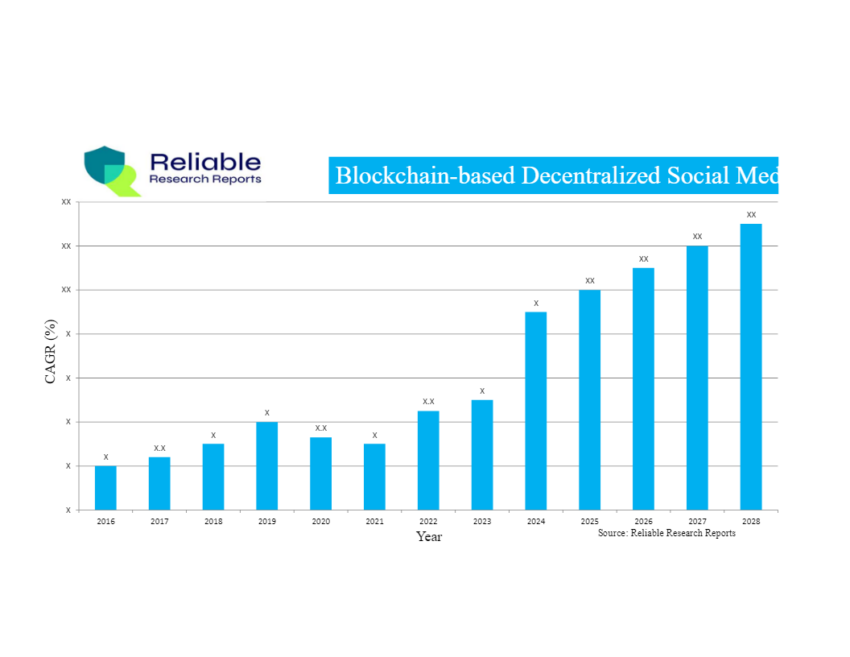Migrating across social media platforms can be an impossible task. You risk losing your audience, wider social networks, and ultimately your income stream.
It’s a stark reality that puts the Web2 social media giants in full control. But things don’t have to be this way, Ryan Li, co-founder of the decentralized network CyberConnect, said in an interview with BeInCrypto.
Web2 Social Media Rely on Network Effects
There was a time when social media sites changed at a rapid pace. In the first decade or so of the 21st century, we saw the rise of many giants that are no longer with us: Friendster, Myspace, Google+, and Bebo, to name a few.
But in the past 15 years, the trends have changed. Large international social media sites arrive, become huge global networks, and then stay.
Twitter, founded in 2006 and now called X, may be going through a rough patch, but few people believe it will spontaneously combust—despite its money troubles. Facebook is still a social media must-have for many, regardless of its unpopularity with younger people. Snapchat, Instagram, and TikTok are wildly popular platforms.
Self-Validation Loops
The problem is thus: Once we are tapped into these huge social media platforms, we are all the victims of network effects—a phenomenon where the value of a product increases as more people use it, creating a positive feedback loop of adoption and usage.
Social media behemoths like Twitter, Instagram, and Facebook rely on this fact. It’s why it’s so hard to leave. But maybe we’ve been thinking about it all wrong, Li said.
“There’s a significant high switching cost involved when creators decide to move their audience to a different platform. This migration is particularly difficult due to the lack of interoperability standards between platforms and the excessive control centralized applications wield over users’ personal social data.”
One example Li cites is PewDiePie (real name: Felix Kjellberg), who in 2019 was the most popular YouTuber on the planet. The social media giant decided that he would exclusively stream on DLive, a platform that promises better rates for content creators. DLive is built on the Lino blockchain.
Learn more about Mastodon, the decentralized Twitter (now X) alternative here.
“Unfortunately, he could bring only a portion of his subscriber base to the new platform,” recalled Li. “Leading him to return to YouTube within months to reconnect with his audience.”
Leaving Established Social Media Is No Easy Feat
Varying value systems also pose a challenge, explained Li. Each social media platform cultivates a unique culture and preferred content style.
TikTok centers on short viral videos while Twitter (now X) emphasizes textual posts, with the format that performs best differing across sites. Tailoring content to leverage a platform’s strengths is crucial for driving engagement, he noted.
“Creators may find it challenging to equally excel across these diverse formats, and audiences might not be equally engaged across different types of content. An example of this was witnessed with the launch of Threads by Meta, which aimed to serve as a text-based extension app of Instagram. However, the lack of clear distinction between content and social graphs led to user disinterest and eventual abandonment of the app,” Li said.
But, of course, if you’re a business or content creator, one of your big concerns will be discoverability. Large, established platforms have bigger audiences and more sophisticated algorithms to promote content. This allows creators who understand these algorithms to optimize distribution, added Li.
“However, on new platforms, these same creators may struggle to gain similar footing due to different algorithms, necessitating substantial time and effort to bootstrap their audience,” he said.
Web3 Gives Power to the User
However, moving between platforms doesn’t need to be impossible. Web3 technology introduces a transformative shift in social networking, emphasizing user ownership and interoperability, explained Li.
Decentralized protocols and blockchain technology enable users and creators to take control over their social data, he said. Thus permitting smooth migration across apps, without sacrificing a given network.
“This freedom allows users to select and utilize various platform features that align with their preferences and strengths, maintaining their social graph intact,” said Li.
The rise of Web3 presents an opportunity for content creators to build more engaged communities on decentralized platforms, according to Li. Unlike traditional social media, Web3 embraces tokenization and incentive mechanisms that empower creators to reward their followers.
“Content creators can utilize these tokens to incentivize their audience, fostering a stronger sense of community and loyalty,” Li explained. With token-based incentives, creators can maintain or even enhance incomes during migration, encouraging audiences to stay active, he asserted.

Moreover, Li highlighted how Web3 can integrate community governance, enabling users and creators to shape a platform’s evolution.
“This inclusive approach allows content creators to directly influence how the platform develops, ensuring it addresses their unique needs,” he said.
By involving creators in governance, Web3 platforms facilitate sustainable, creator-centric ecosystems.
Tokenization Is a Better Model for the Creator Economy
The emergence of Web3 also enables new possibilities for content publishing and monetization. Unlike centralized platforms, Li observed, the tokenization of content into unique digital objects is possible on a blockchain in decentralized social networks.
This allows content to become permanent and to be ported wherever the user goes, Li stated. This tokenized content unlocks the potential to “entirely reimagine publishing, copyright, and the creator economy,” he added.
“A piece of content in decentralized social can be owned, gifted or sold, quoted, referenced, and recreated all with verifiable records,” Li concluded.
The post Web3 Streamlines Cross-Platform Migration, Says Social Media Expert appeared first on BeInCrypto.
